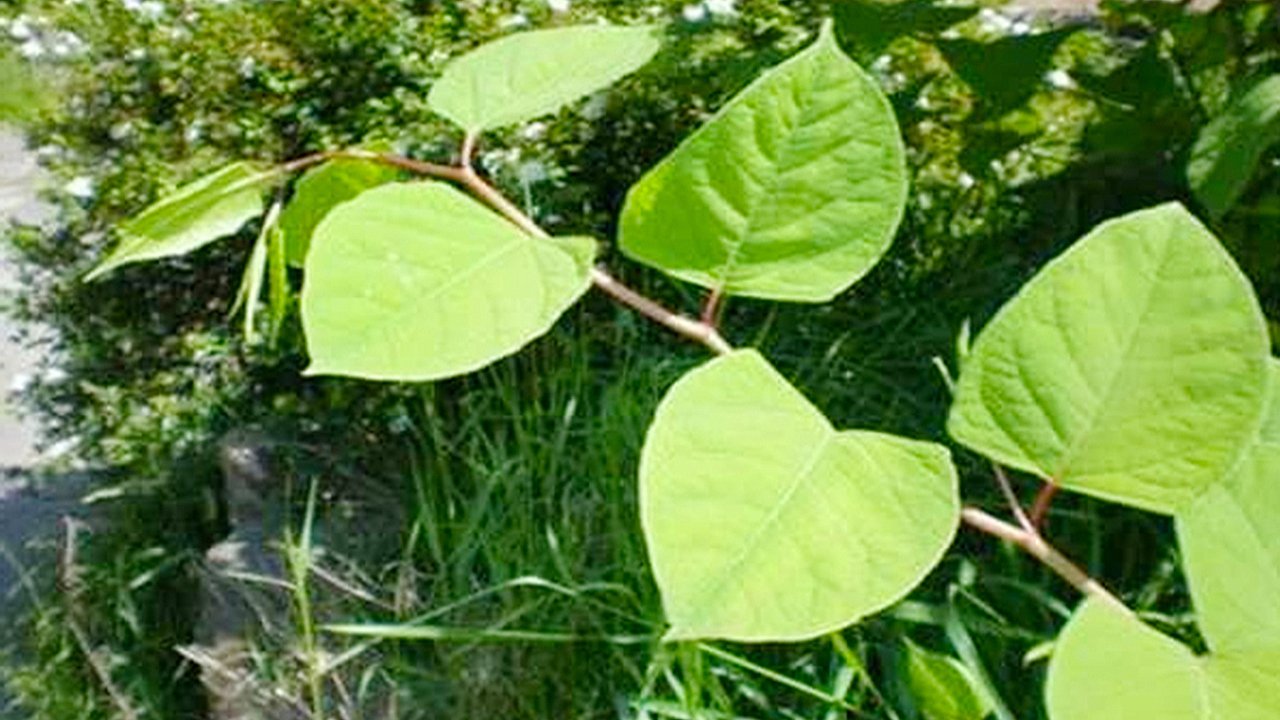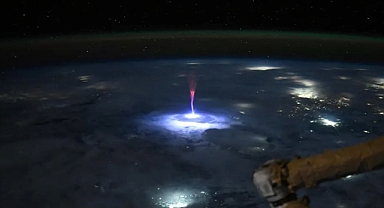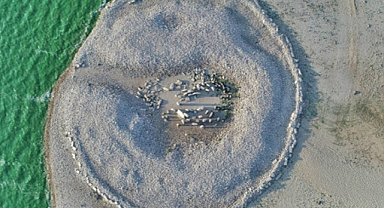1. How Invasive Plants Spread
Certain invasive plants, such as kudzu, Japanese knotweed, and ivy, grow rapidly and are notoriously hard to control. These species spread through root systems, seeds, or vines, often infiltrating lawns, gardens, fences, and even house foundations. Left unchecked, they can quickly take over outdoor spaces, limiting curb appeal.2. Damage to Structures and Landscaping
Invasive species like Japanese knotweed are known to damage hardscapes, foundations, and driveways. Their roots can penetrate cracks, worsening structural issues and requiring costly repairs. Uncontrolled growth can also smother existing plants and trees, leading to dead or unkempt yards.3. Impact on Home Value and Buyer Interest
Many homebuyers view invasive plants as a red flag, knowing that they can be expensive and time-consuming to remove. A property with widespread invasive growth may receive fewer offers, lower appraisal values, and ultimately sell for less than comparable homes.4. Legal and Insurance Issues
Some areas have regulations regarding invasive plants, with homeowners legally required to manage certain species. In extreme cases, mortgage lenders may hesitate to finance properties with invasive plant infestations, as removal costs could become the buyer's responsibility. Insurance providers may also exclude coverage for damage caused by invasive roots.5. How to Manage Invasive Plants
Taking steps to control invasive plants can help protect your home’s value. Identify problem species early and remove them using herbicides, physical removal, or professional services. Regular maintenance and landscaping strategies, like adding barriers or ground cover, can prevent regrowth.6. Hire Professionals for Removal
For large infestations or species known to damage structures, hiring a licensed landscaping or pest control professional may be necessary. They have the expertise and equipment to safely eradicate invasive plants without causing further harm to your property.
Certain invasive plants, such as kudzu, Japanese knotweed, and ivy, grow rapidly and are notoriously hard to control. These species spread through root systems, seeds, or vines, often infiltrating lawns, gardens, fences, and even house foundations. Left unchecked, they can quickly take over outdoor spaces, limiting curb appeal.2. Damage to Structures and Landscaping
Invasive species like Japanese knotweed are known to damage hardscapes, foundations, and driveways. Their roots can penetrate cracks, worsening structural issues and requiring costly repairs. Uncontrolled growth can also smother existing plants and trees, leading to dead or unkempt yards.3. Impact on Home Value and Buyer Interest
Many homebuyers view invasive plants as a red flag, knowing that they can be expensive and time-consuming to remove. A property with widespread invasive growth may receive fewer offers, lower appraisal values, and ultimately sell for less than comparable homes.4. Legal and Insurance Issues
Some areas have regulations regarding invasive plants, with homeowners legally required to manage certain species. In extreme cases, mortgage lenders may hesitate to finance properties with invasive plant infestations, as removal costs could become the buyer's responsibility. Insurance providers may also exclude coverage for damage caused by invasive roots.5. How to Manage Invasive Plants
Taking steps to control invasive plants can help protect your home’s value. Identify problem species early and remove them using herbicides, physical removal, or professional services. Regular maintenance and landscaping strategies, like adding barriers or ground cover, can prevent regrowth.6. Hire Professionals for Removal
For large infestations or species known to damage structures, hiring a licensed landscaping or pest control professional may be necessary. They have the expertise and equipment to safely eradicate invasive plants without causing further harm to your property.








